Hidden gems: exploring the modernist architecture of Essex

It's tempting to dismiss Essex as a hotbed of perma-tans, deep-V tees and boy racers. But the English county has more than most to offer to architecture aficionados.
Essex is peppered with pioneering and experimental architecture from the early and mid-20th century. These modernist architecture gems are now being championed during Essex Architecture Weekend, part of the Radical Essex initiative, which seeks to reevaluate the region in relation to its rich cultural history (rather than the pervading image of TOWIE). Delights include Silver End, the village built by window industrialist Francis Henry Crittall to house his workers. Its village hall is the hub for the two-day event, and houses an exhibition.
Other sites of note include the Bata Estate in East Tilbury, founded in 1932 by eponymous shoe company pioneer Czech Tomáš Baťa; and the coastal resort of Frinton-on-Sea. Shuttle buses will carry visitors between these sites.
Spearheading Radical Essex is Joe Hill, director of the Southend-on-Sea gallery Focal Point. Two elements conspired to make the county so architecturally significant, he says: plenty of open land to build on thanks to the dearth of large historic estates; and its proximity to poverty-stricken east London. 'The permeable relationship with the capital promoted innovation and experimentation with diverse political ideologies and social makeups,' Hill explains. 'These pioneers came to regard the region as a testing-ground for radical thought, alternative lifestyles and new architecture.'
As well as the three estates, there are individual buildings worth perusing: Joseph Emberton’s Royal Corinthian Yacht Club in Burnham-on-Crouch was Britain’s sole entry in MoMA’s 'Modern Architecture: International Exhibition' in 1932. And a number of home-owners are giving tours, including those of 52 and 62 Clatterfield Gardens in Westcliff-on-Sea, by Swiss architect Douglas Niel Martin-Kaye, who was also responsible for the town’s tennis pavilion.
An enlightening trip through an unfairly maligned part of the country, Essex Architecture Weekend is a worthy survey of an underrated architectural hotspot.
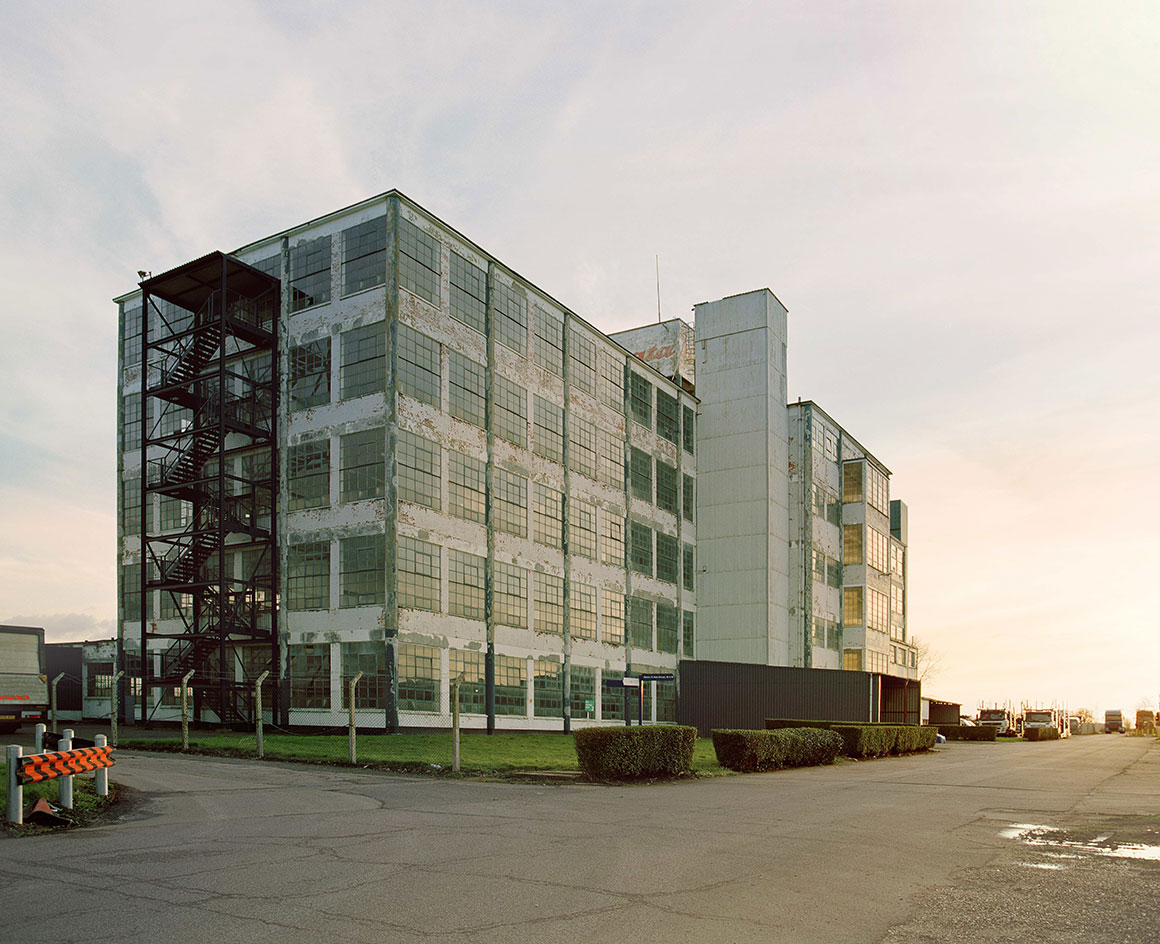
The tour was devised as part of the Radical Essex initiative, which seeks to reevaluate the region in relation to its rich cultural history. Pictured: Bata Factory, East Tilbury, 2016
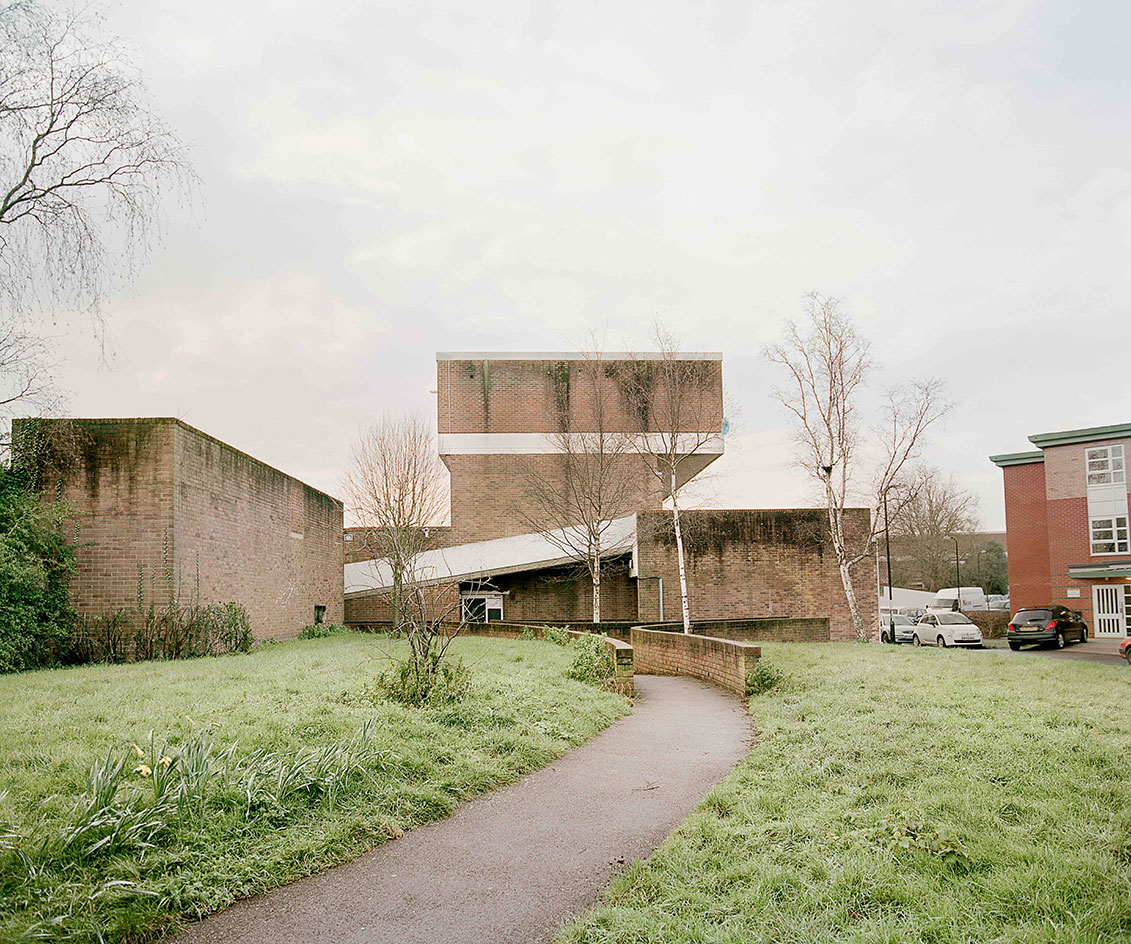
Two elements conspired to make the county so architecturally significant, explains Focal Point gallery's Joe Hill: plenty of open land to build on thanks to the dearth of large historic estates... Pictured: Bishopsfield Estate, Harlow, 2016
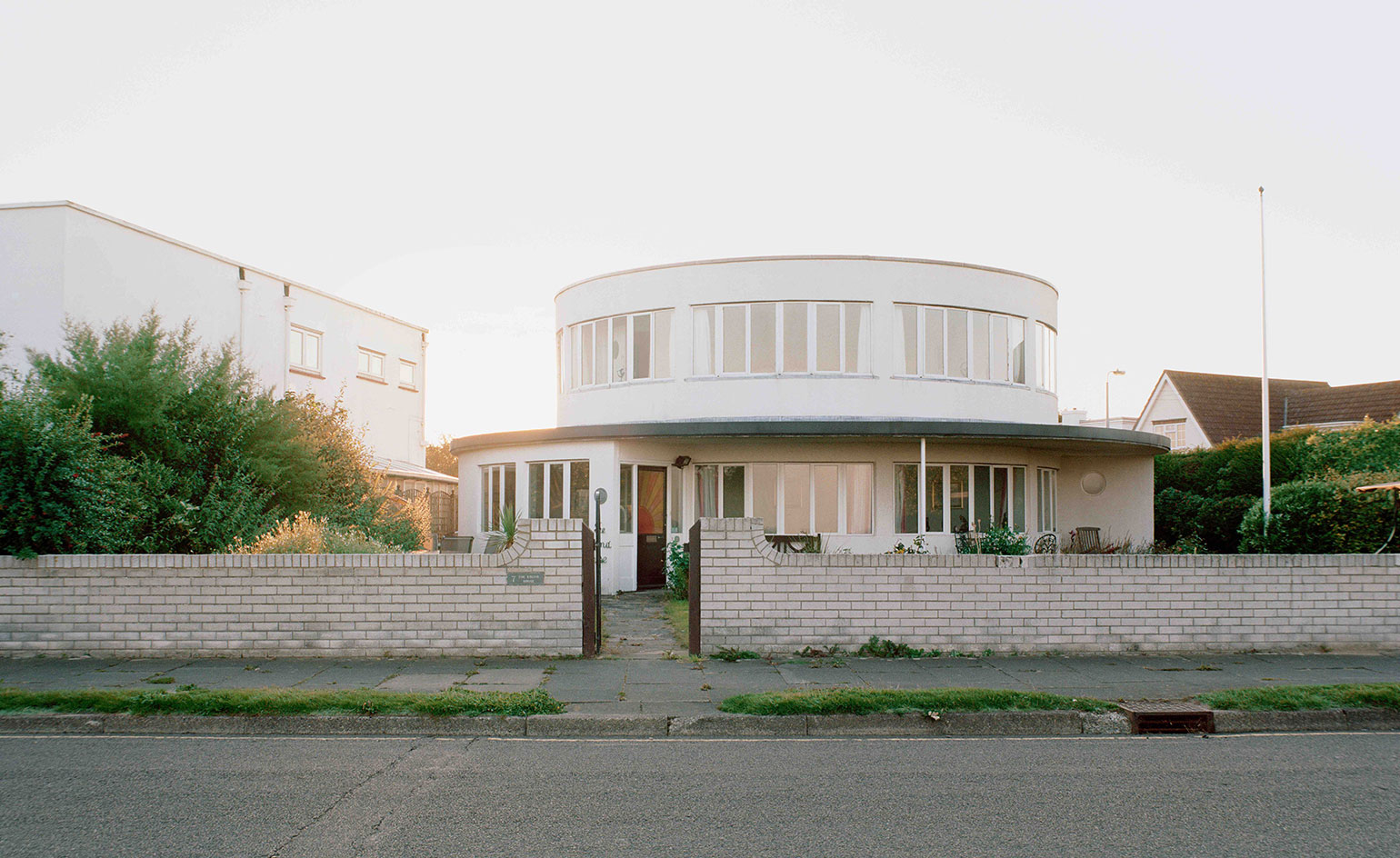
... and its proximity to poverty-stricken east London. Pictured: The Round House, Frinton-on-Sea, 2015
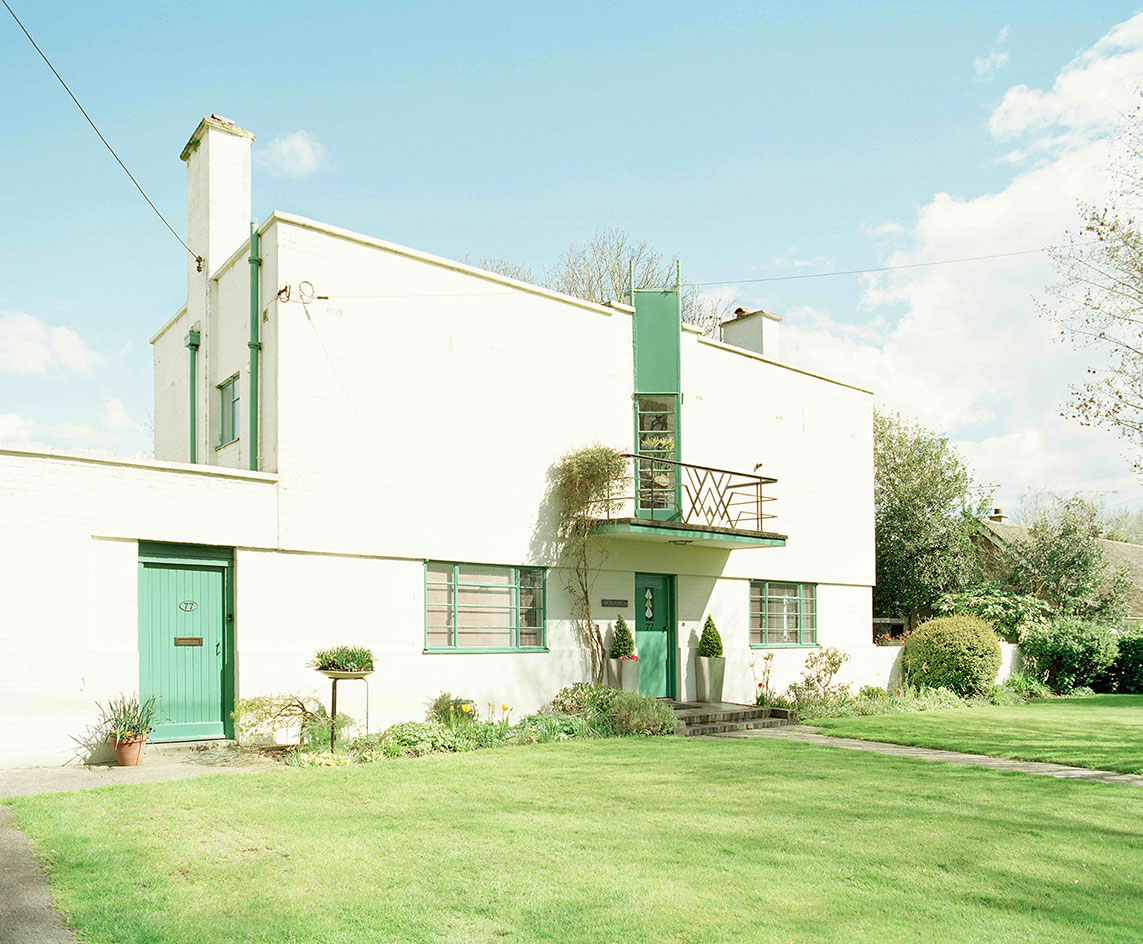
Delights include Silver End, the village built by window industrialist Francis Henry Crittall to house his workers. Pictured: Wolverton, Boars Tye Road, Silver End, 2016
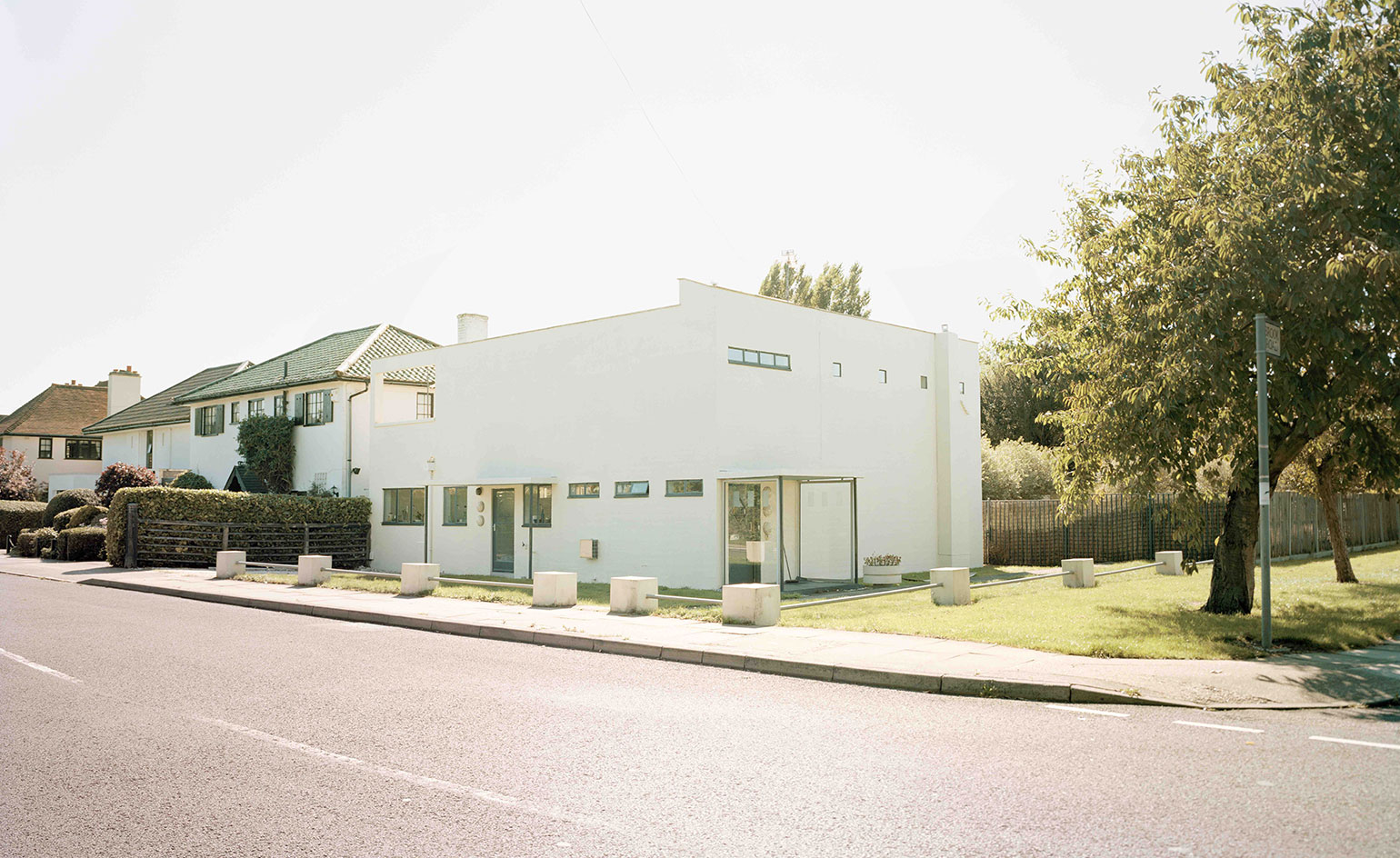
'The permeable relationship with the capital promoted innovation and experimentation with diverse political ideologies and social makeups,' Hill explains. Pictured: Heath Drive, Romford, 2016
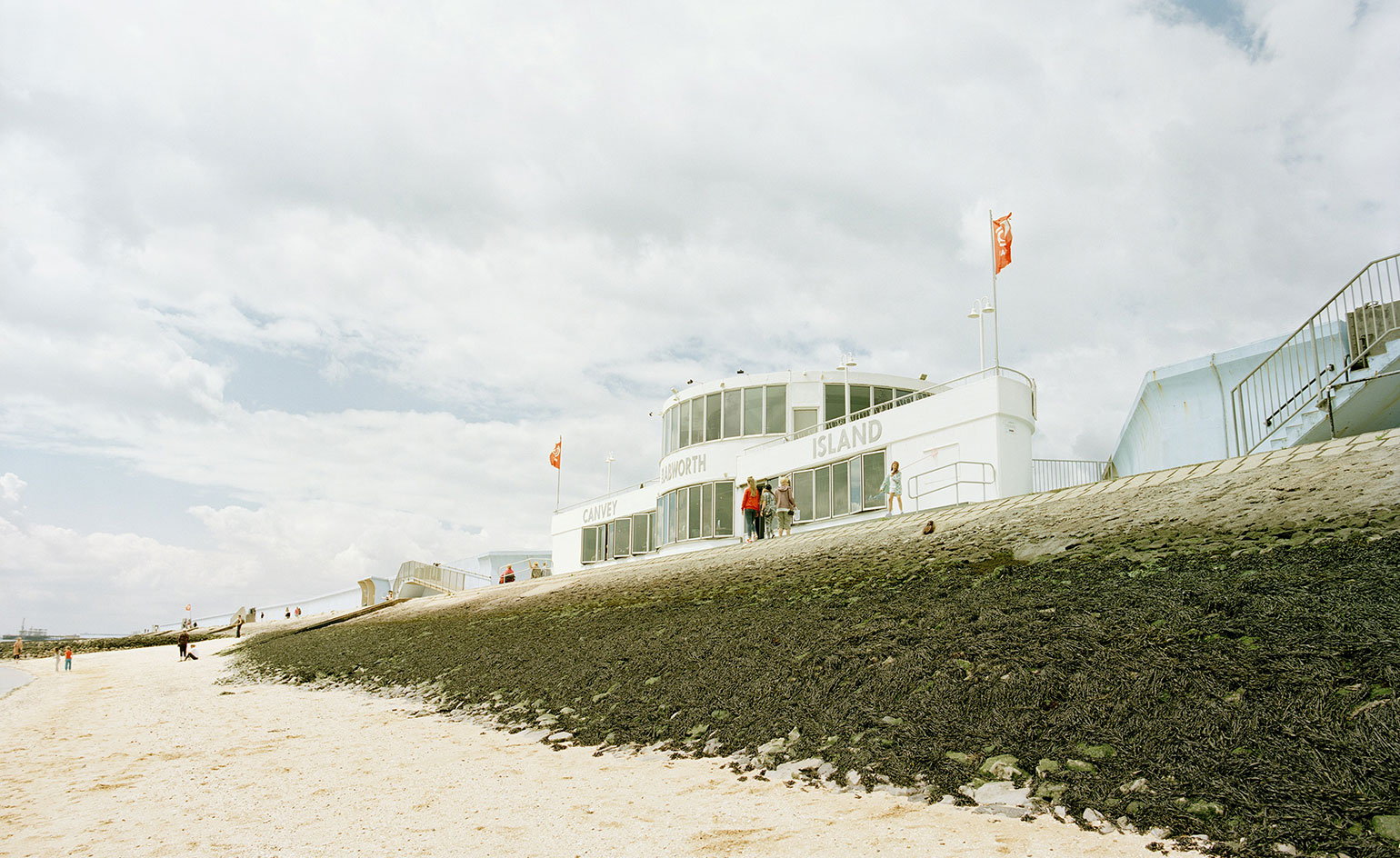
'These pioneers came to regard the region as a testing-ground for radical thought, alternative lifestyles and new architecture.' Pictured: Labworth Cafe, Canvey Island, 2016
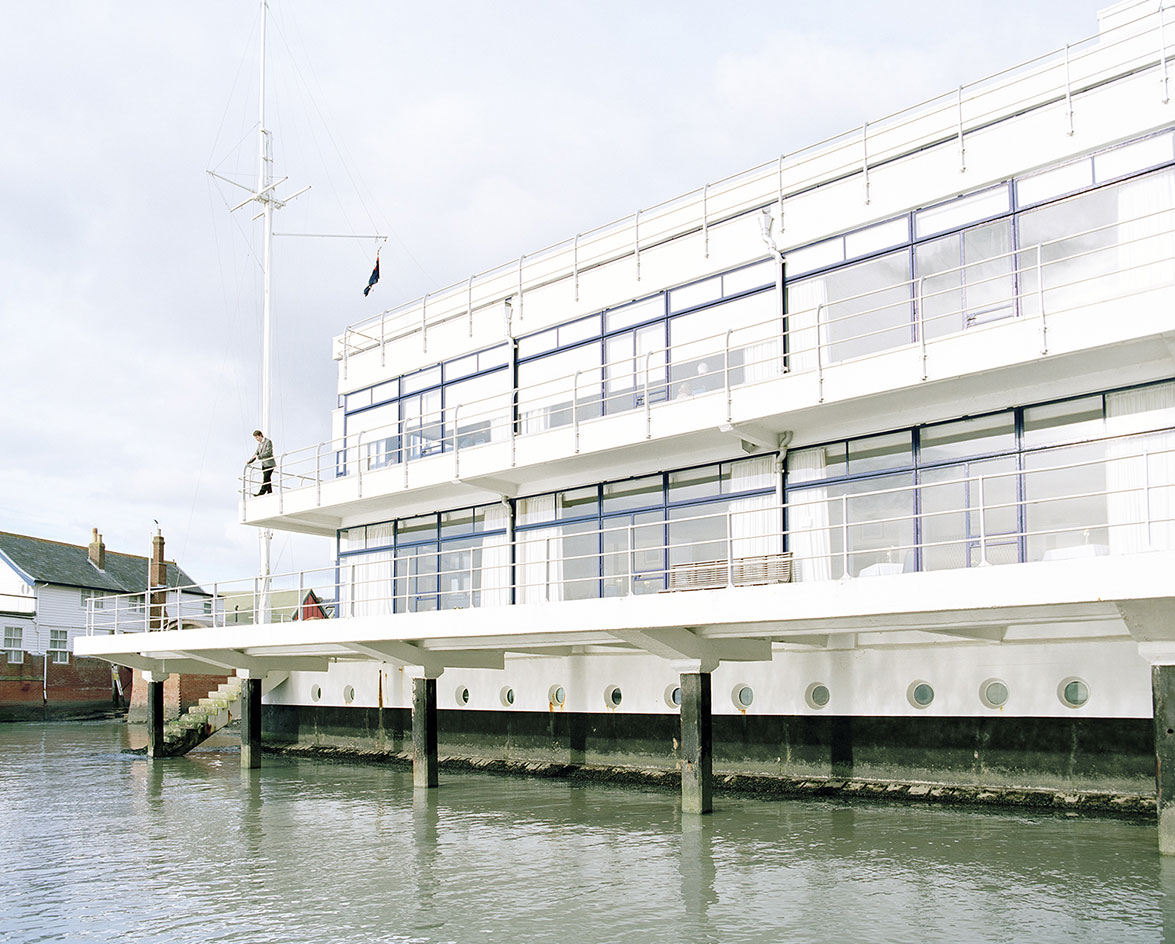
Joseph Emberton’s Royal Corinthian Yacht Club in Burnham-on-Crouch was Britain’s sole entry in MoMA’s 'Modern Architecture: International Exhibition' in 1932. Pictured: Royal Corinthian Yacht Club, Burnham-On-Crouch, 2016
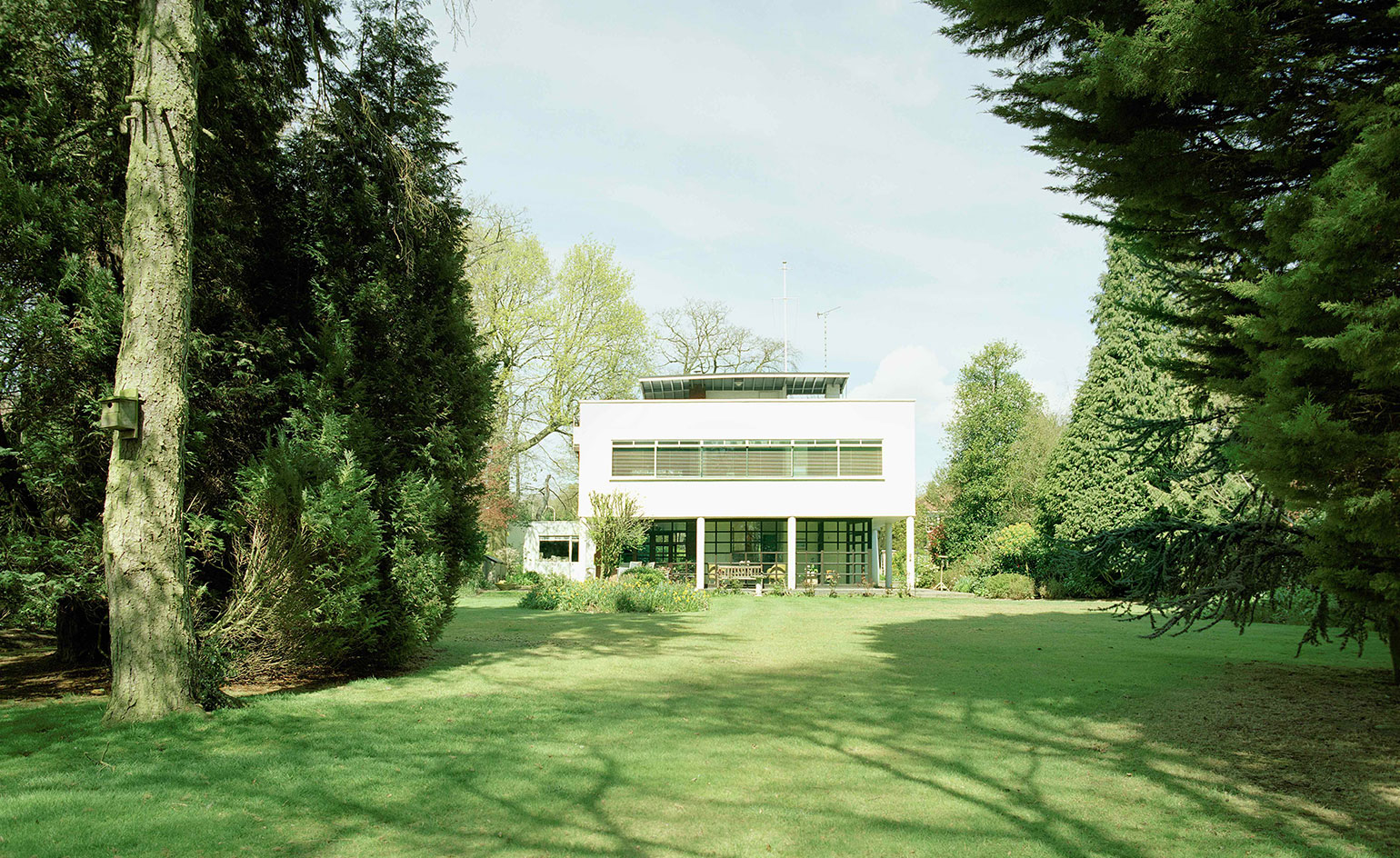
Essex Architecture Weekend is a worthy survey of an underrated architectural hotspot. Pictured: Shipwrights, Benfleet, 2016
INFORMATION
Essex Architecture Weekend: ‘The Modernist County’ is on view this weekend, 10–11 September. For more information visit the Radical Essex website
Photography: Catherine Hyland. Courtesy Focal Point Gallery
Receive our daily digest of inspiration, escapism and design stories from around the world direct to your inbox.
Clare Dowdy is a London-based freelance design and architecture journalist who has written for titles including Wallpaper*, BBC, Monocle and the Financial Times. She’s the author of ‘Made In London: From Workshops to Factories’ and co-author of ‘Made in Ibiza: A Journey into the Creative Heart of the White Island’.
-
 Click to buy: how will we buy watches in 2026?
Click to buy: how will we buy watches in 2026?Time was when a watch was bought only in a shop - the trying on was all part of the 'white glove' sales experience. But can the watch industry really put off the digital world any longer?
-
 Don't miss these art exhibitions to see in January
Don't miss these art exhibitions to see in JanuaryStart the year with an inspiring dose of culture - here are the best things to see in January
-
 Unmissable fashion exhibitions to add to your calendar in 2026
Unmissable fashion exhibitions to add to your calendar in 2026From a trip back to the 1990s at Tate Britain to retrospectives on Schiaparelli, Madame Grès and Vivienne Westwood, 2026 looks set to continue the renaissance of the fashion exhibition
-
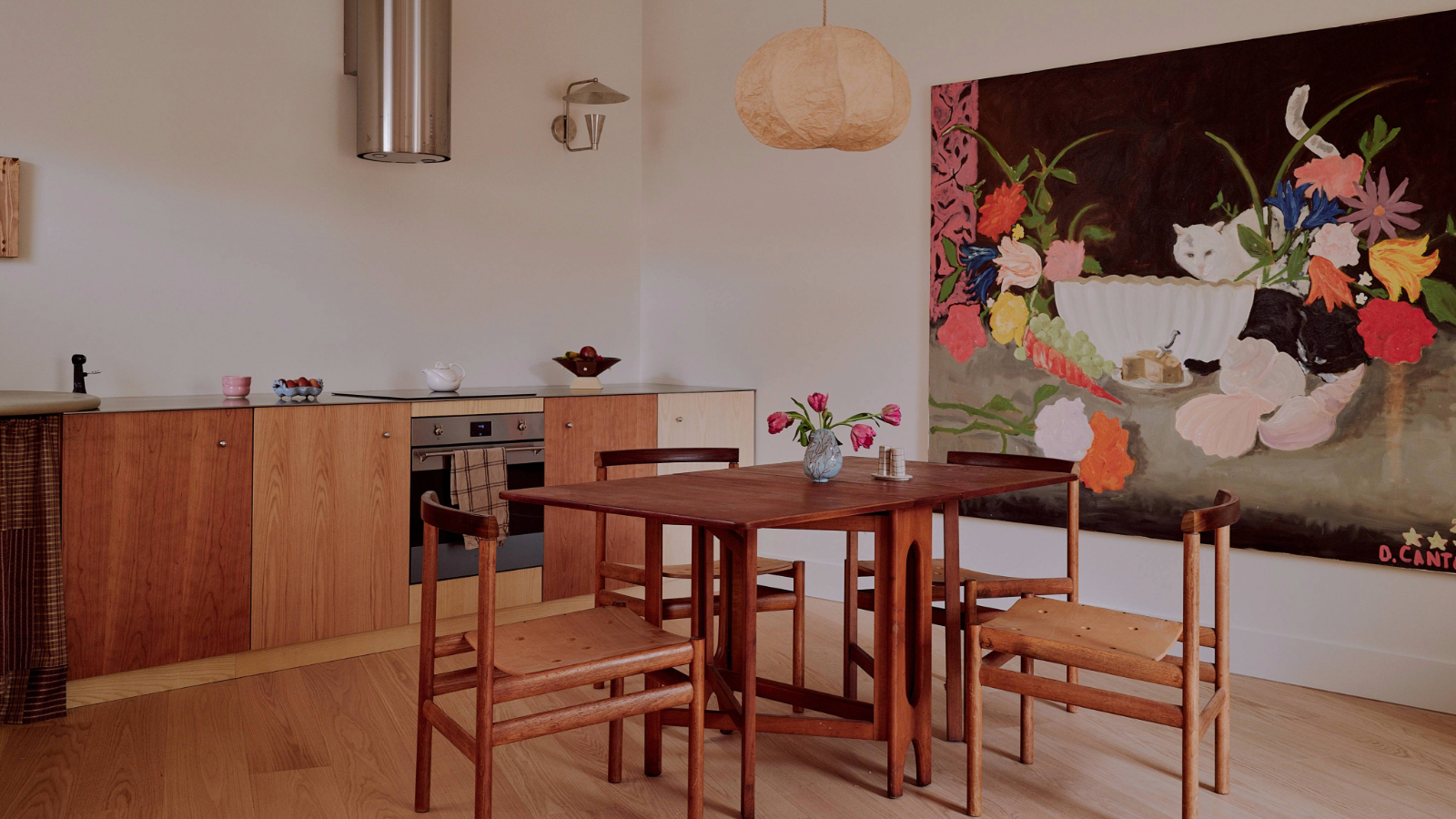 This curved brick home by Flawk blends quiet sophistication and playful details
This curved brick home by Flawk blends quiet sophistication and playful detailsDistilling developer Flawk’s belief that architecture can be joyful, precise and human, Runda brings a curving, sculptural form to a quiet corner of north London
-
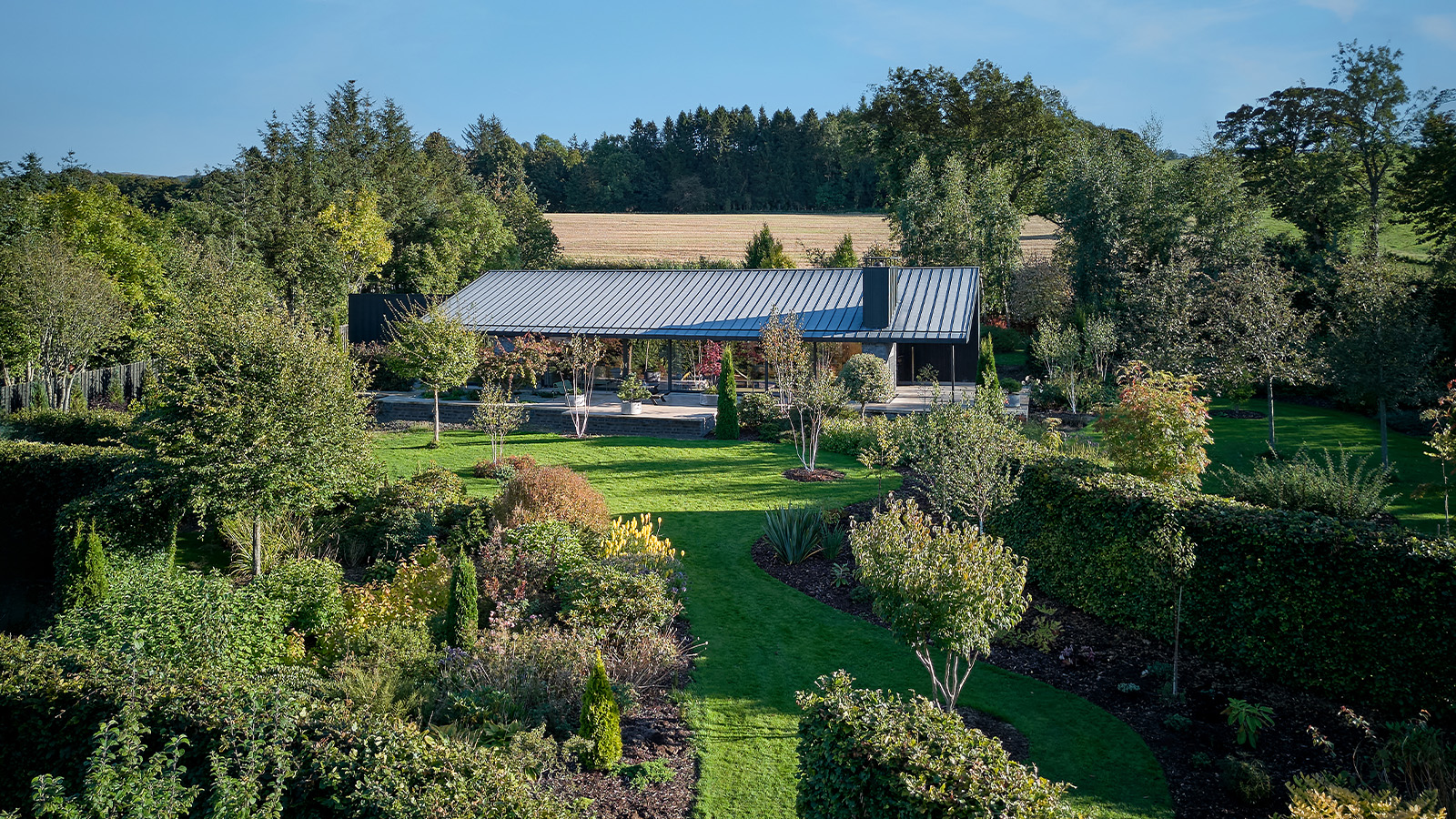 A compact Scottish home is a 'sunny place,' nestled into its thriving orchard setting
A compact Scottish home is a 'sunny place,' nestled into its thriving orchard settingGrianan (Gaelic for 'sunny place') is a single-storey Scottish home by Cameron Webster Architects set in rural Stirlingshire
-
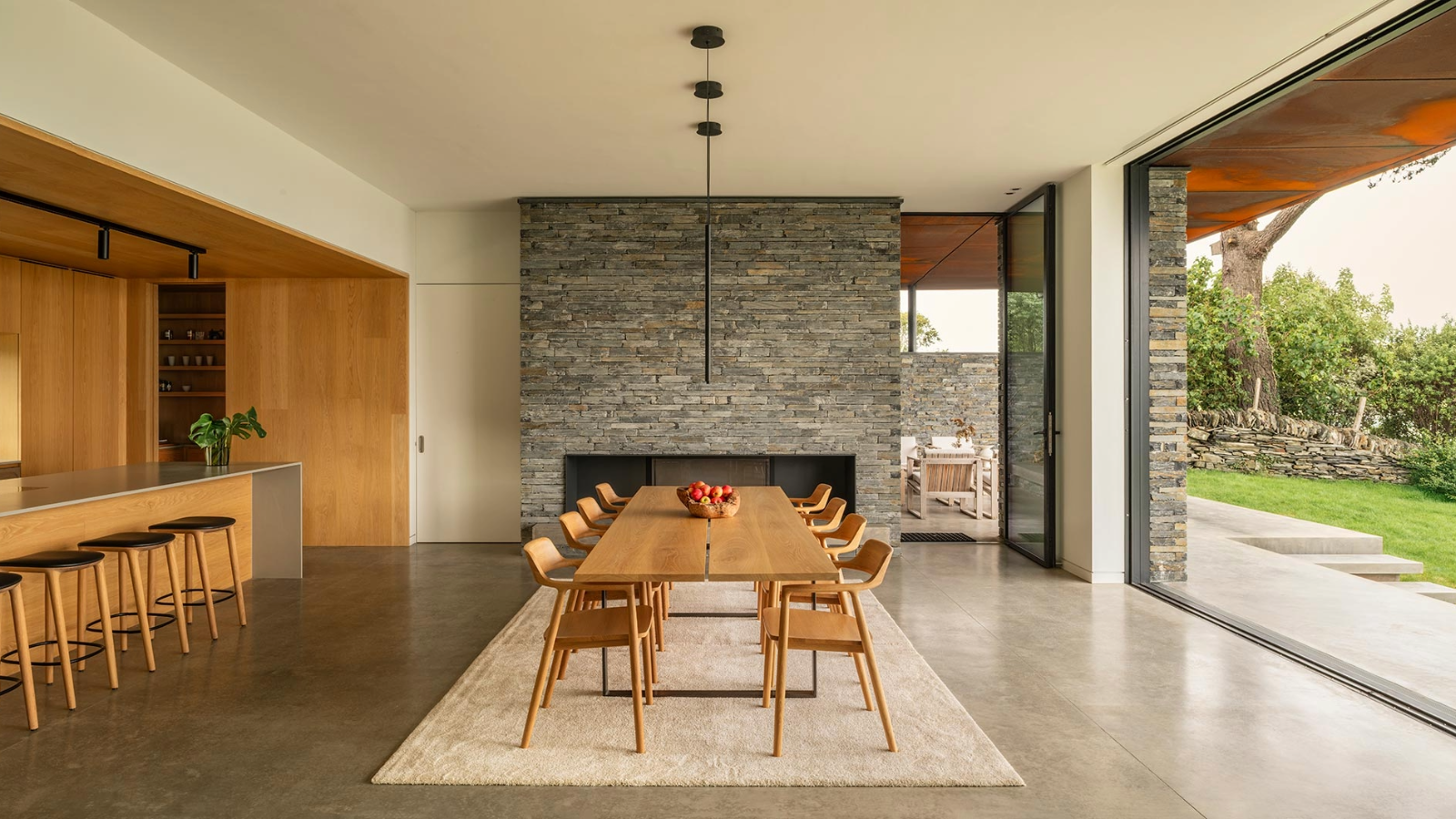 Porthmadog House mines the rich seam of Wales’ industrial past at the Dwyryd estuary
Porthmadog House mines the rich seam of Wales’ industrial past at the Dwyryd estuaryStröm Architects’ Porthmadog House, a slate and Corten steel seaside retreat in north Wales, reinterprets the area’s mining and ironworking heritage
-
 Arbour House is a north London home that lies low but punches high
Arbour House is a north London home that lies low but punches highArbour House by Andrei Saltykov is a low-lying Crouch End home with a striking roof structure that sets it apart
-
 A former agricultural building is transformed into a minimal rural home by Bindloss Dawes
A former agricultural building is transformed into a minimal rural home by Bindloss DawesZero-carbon design meets adaptive re-use in the Tractor Shed, a stripped-back house in a country village by Somerset architects Bindloss Dawes
-
 RIBA House of the Year 2025 is a ‘rare mixture of sensitivity and boldness’
RIBA House of the Year 2025 is a ‘rare mixture of sensitivity and boldness’Topping the list of seven shortlisted homes, Izat Arundell’s Hebridean self-build – named Caochan na Creige – is announced as the RIBA House of the Year 2025
-
 In addition to brutalist buildings, Alison Smithson designed some of the most creative Christmas cards we've seen
In addition to brutalist buildings, Alison Smithson designed some of the most creative Christmas cards we've seenThe architect’s collection of season’s greetings is on show at the Roca London Gallery, just in time for the holidays
-
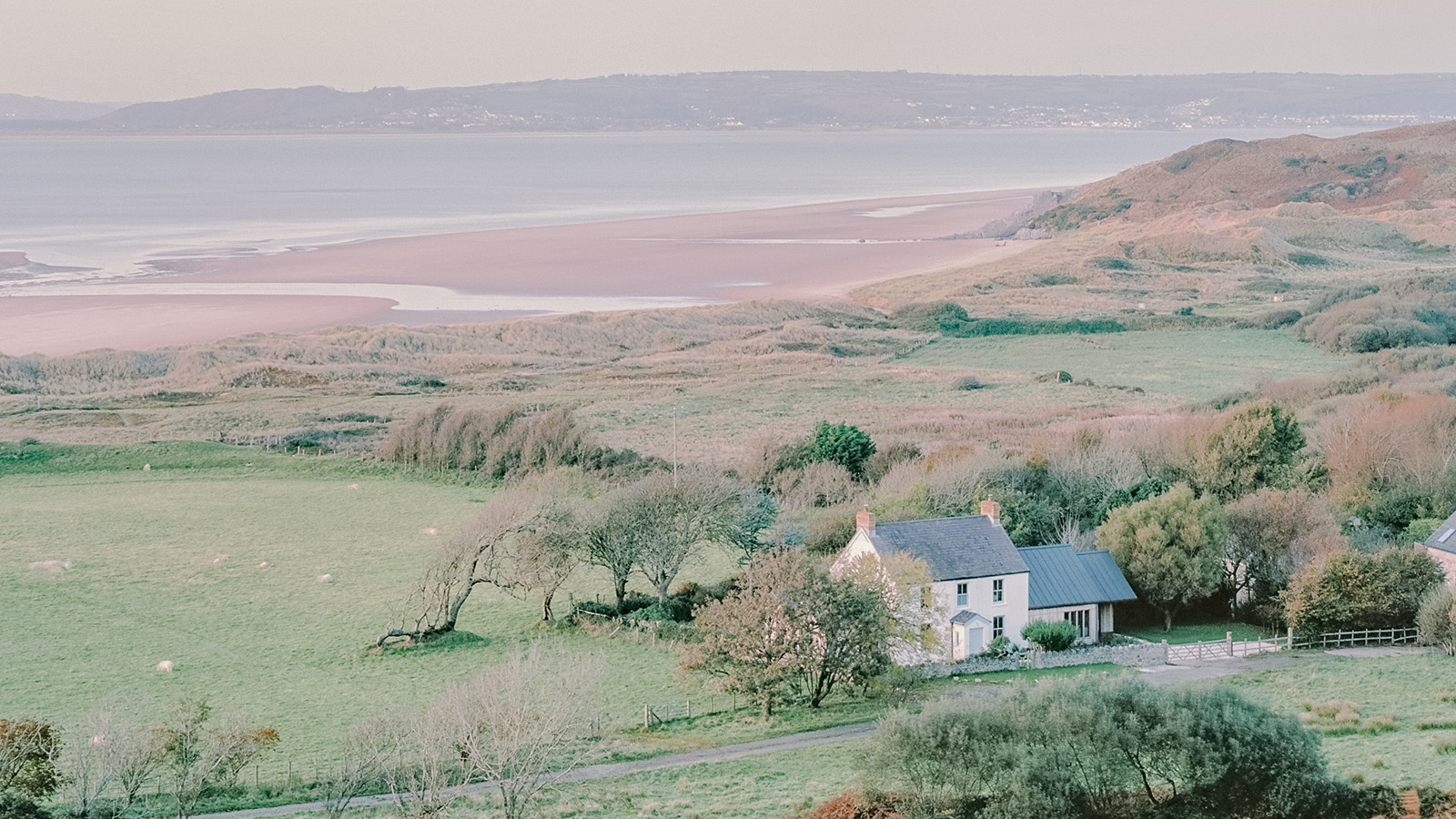 In South Wales, a remote coastal farmhouse flaunts its modern revamp, primed for hosting
In South Wales, a remote coastal farmhouse flaunts its modern revamp, primed for hostingA farmhouse perched on the Gower Peninsula, Delfyd Farm reveals its ground-floor refresh by architecture studio Rural Office, which created a cosy home with breathtaking views